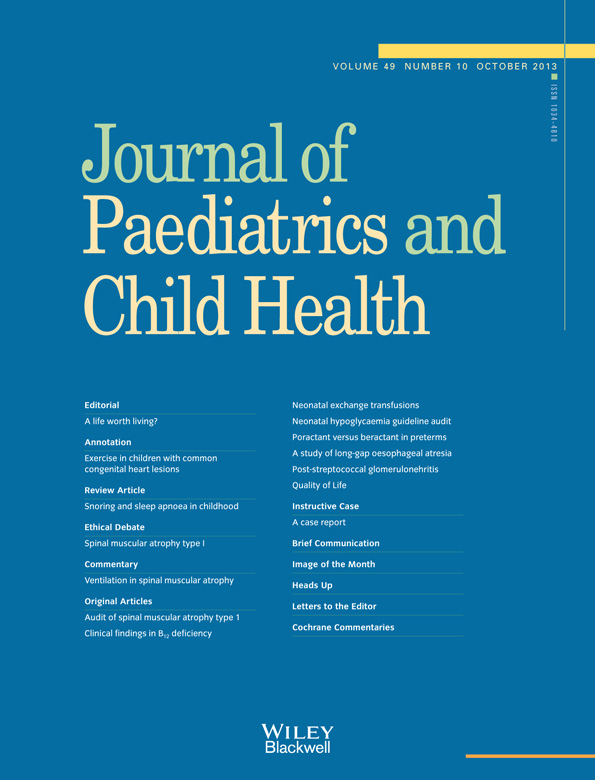Poractant alfa versus beractant for respiratory distress syndrome in preterm infants: A retrospective cohort study
Abstract
Aim
Poractant alfa and beractant are the commonly used animal derived surfactants in preterm infants with respiratory distress syndrome. Between 2005 and 2007, poractant alfa and beractant were alternated every month in our neonatal intensive care unit for 27 months. The aim of this study was to compare the outcomes of preterm infants who received poractant alfa versus beractant.
Method
Single-centre, retrospective cohort study of inborn preterm infants <32 weeks gestation (23–31+6).
Results
Six hundred sixty-four preterm infants (<32 weeks) were born during the study period, of which 415 received surfactant (poractant alfa: 214; beractant: 201). Infants in the poractant alfa group were 2.8 days younger than beractant (27.0 ± 2.3 vs. 27.4 ± 2.3 weeks; P = 0.03). All other baseline characters including Clinical Risk Index for Babies II scores were similar for both groups. No significant differences were found for the following outcomes: death or chronic lung disease (78/212 vs. 59/200; P = 0.28); death (24/214 vs. 15/201, P = 0.24); moderate to severe chronic lung disease (63/212 vs. 46/200; P = 0.45) and moderate to severe disability (20/163 vs. 19/151, P = 0.98) between poractant alfa and beractant, respectively.
Conclusions
The results of our study do not support the need for preferential use of poractant alfa or beractant.




